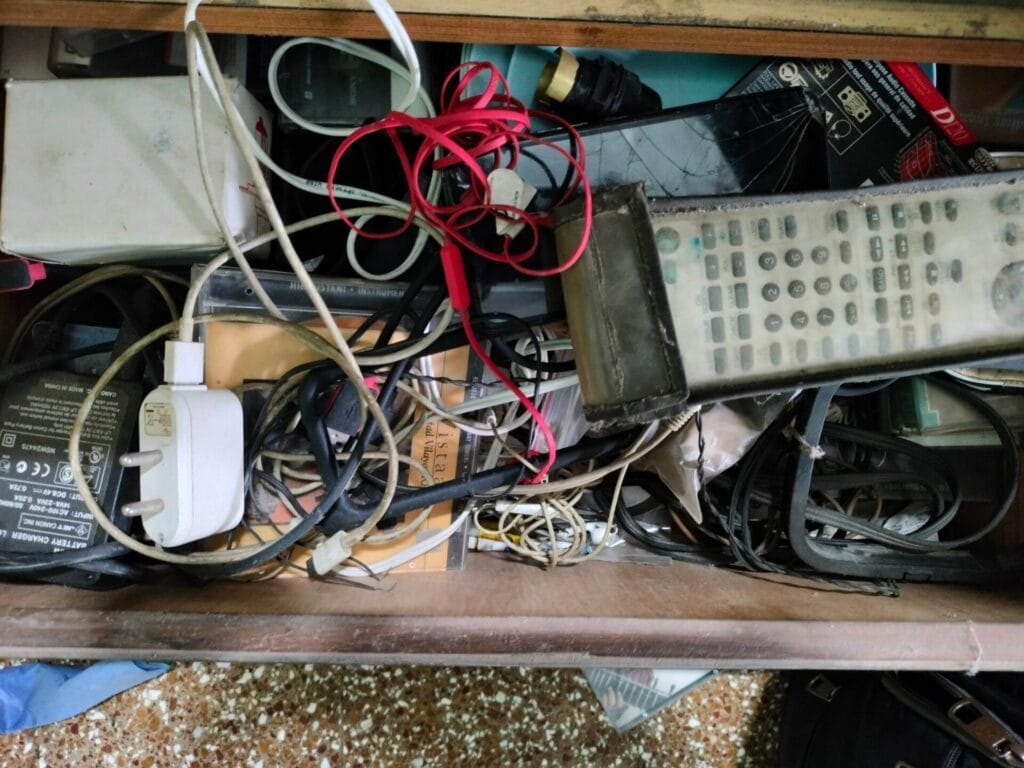I have to start with a confession — all my life I have never segregated my garbage. I had convinced myself that I was doing my bit for the environment by carrying a cloth tote bag, that ubiquitous flagbearer of environment conservation, that all-encompassing solution to multiple environmental problems. So, imagine my shock when I realised that carrying a tote bag everywhere — from the market to a meeting to a concert — wasn’t enough!
I was hit by this revelation when I was assigned a story by my editor — an explainer on ‘What happens to the garbage we throw out?‘ As is wont with me, I started doing a deep dive into the issue, trawling through reports, scavenging official websites for data and of course, speaking to people working in the field.
Here is what I learnt — that according to the BMC’s Environment Status Report, Mumbai produced 6,300 metric tonnes (MTD) of waste in 2022, of which 72.60% is food waste. The BMC identifies six categories of waste, and the dumping grounds at Deonar and Kanjurmarg are filling beyond capacity.
Learning through my work
The one article I was supposed to write soon became a four-part series, including one video story, my first for Citizen Matters. Although I have enjoyed writing many other articles this year, I chose to write about this because it has impacted me personally.
Read more: Is recycling the answer to Mumbai’s solid waste management woes?
Moreover, I have become more vigilant about segregating the garbage in my house than I was earlier. Apart from the wet waste, I have a second bin for the dry waste, the contents of which I give to a level-one aggregator, instead of putting it in the municipal collection van. I do not throw any of my electronic waste into the regular bin, from batteries to cords to old headphones.
I found two places in my locality, which accept electronic waste. Thanks to the research I conducted for these articles, I have become part of a group that shares useful information on waste segregation and recycling.

More than that, I have realised that composting wet waste within the building can be a possibility. It has got me thinking about starting a compost pit in my building. It may be difficult to convince all the residents to segregate or even agree to have a composting unit within the premises, but it is a battle I am willing to fight.
Making an impact through civic stories
Being a writer can be a lonely job. Yes, you get to speak to so many people. But when you have written your piece and sent it out into the world, you have no idea who has read it and more importantly, what impact it has had on the world. This especially matters when you write long-form articles, which are heavy on data. Because, we are constantly being told that today people do not want to read, that everyone only wants to watch ten-second reels.
So, it was heartening to find that a creative agency, which is planning to run a pilot programme to affect behaviour change on garbage segregation, read my articles in the course of their research. In fact, these stories also informed some of their decisions.
It brought me tangible proof that my work is making a difference. I remind myself of the difference my work has made to the lives of others and myself, on those dreary days when the words just do not do my bidding. Or, when I feel so heavy with despair at the state of the world, that I do not want to lift a finger, when I feel like my work is such a small drop in the ocean that it does not matter. It does matter. It gives me the courage to go on.
Also read:
- Is recycling the answer to Mumbai’s solid waste management woes?
- Journey of Mumbai’s electronic, biomedical and restaurant food waste